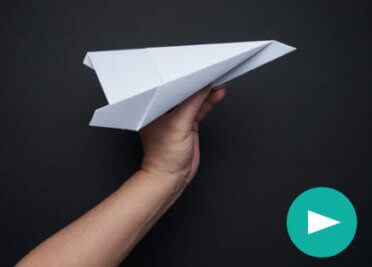
Did you know?
Inventions and Accomplishments from Leonardo da Vinci
Leonardo da Vinci was born in 1452 as Leonardo di ser Piero in an Italian countryside region called Vinci. During his travels he started to identify himself as Leonardo da Vinci and became the famous scientist, inventor, astronomer and painter we know today. In fact, his ideas and research sparked several advancements in science and technology. Let’s explore some of those inventions and influences that led to a new way of thinking and new progressions in society.
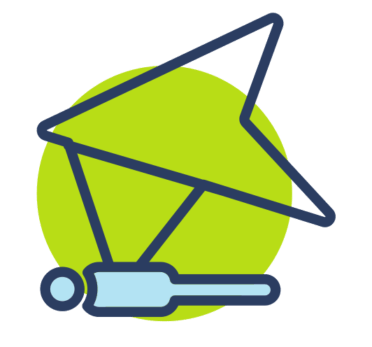
The Hang Glider
Da Vinci studied friction and resistance as well as the movement of birds. He thought that we could one day fly like them and defy gravity. In his drawings, the glider concept is one of his most original and showcased how humans could interact with machines to take flight. Da Vinci’s vision of flying in the clouds eventually came true when paraglider Robbie Whitehall successfully flew a glider based on Leonardo da Vinci’s design.
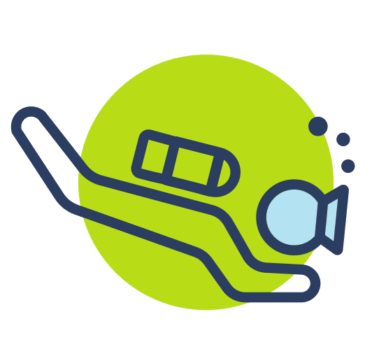
The Diving Suit
Many drawings from da Vinci included water as he studied the properties and laws of motion. As part of his many experiments and inventions, da Vinci developed several devices that allowed a person to breathe under water. The diving suit he created was a bomber jacket, pants and a mask with glasses and a breathing tube. This all helped pave the way for SCUBA suits we know today.
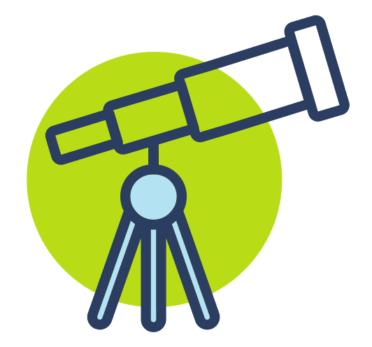
The Telescope
Da Vinci also explored elements of light and time. To advance his theories on optics, da Vinci often experimented using methods like mirror rooms to observe subjects from every angle. Da Vinci may have influenced the invention of the first telescope, as he stated that using lenses and mirrors might be the key to observing the night sky. A century later, Hans Lippershey introduced his telescope, which used some of the principles da Vinci conceived.
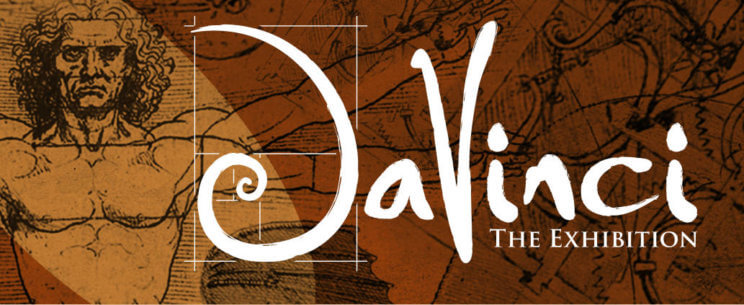
CLOSES SEPTEMBER 27
Members Receive Discounted Tickets
$6.50 per member
To make reservations or learn more about the exhibition view Da Vinci The Exhibition.
Use Photographs to Observe Landscapes
National Geographic’s 50 Greatest Landscapes exhibition features photos of breathtaking landscapes from around the world, but you don’t have to travel the globe to make observations about the wonders of the natural world. You can observe, document and share the nature you encounter in your own backyard with the iNaturalist app.
Looking to learn more?
Try out the iNaturalist companion app Seek which uses image recognition technology to identify plants and animals around you.
iNaturalist is a joint project between California Academy of Sciences and National Geographic that allows you to contribute to biodiversity science by sharing your observations “from the rarest butterfly to the most common backyard weed.” With iNaturalist, your findings are added to scientific data repositories like the Global Biodiversity Information Facility. You can also contribute to special projects such as the St. Louis Forest Park: Urban Biodiversity Inventory right here in St. Louis.
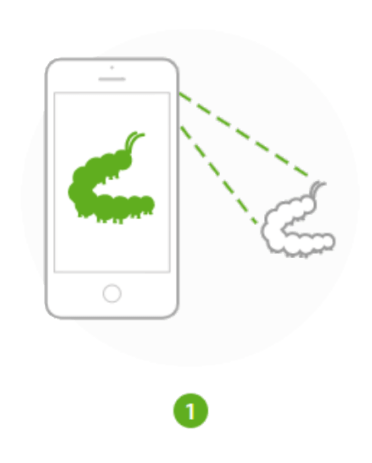



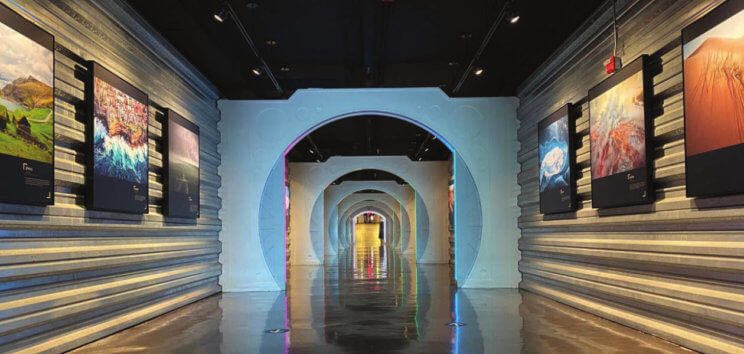
Our planetarium tunnel exhibition, National Geographic: 50 Greatest Landscapes, is currently on display until early next year. Visit today to view these beautiful landscapes from around the world and get inspired to capture the beauty of nature that is all around you, every day. This traveling exhibition is free for all and will take you through four different seasons of awe and wonder.
Visit National Geographic 50 Greatest Landscapes for more information.






